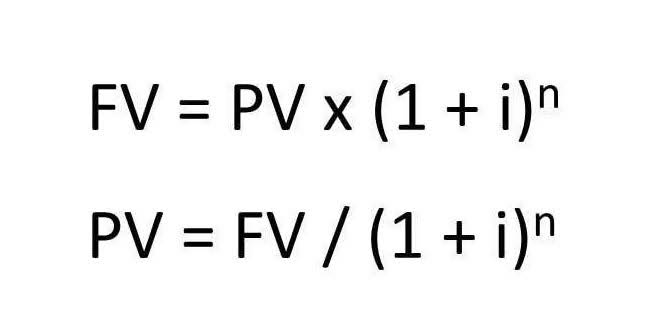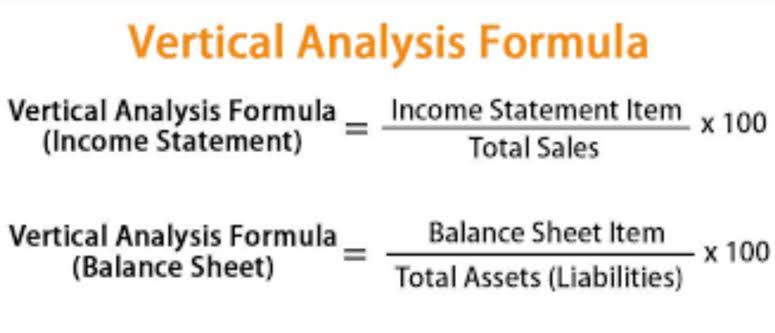
Companies with ratios ranging around 50% to 80% tend to be considered “conservative”, while those with ratios between 20% and 40% are considered “leveraged”. She holds a Bachelor of Science in Finance degree from Bridgewater State University and helps develop content strategies. In this article, we’ll explain what equity value is, how to calculate it, and give you a calculator to run the numbers yourself.
Stockholders’ Equity and Paid-In Capital
Many investors view companies with negative shareholder equity as risky or unsafe investments. But shareholder equity alone is not a definitive indicator of a company’s financial health. If used in conjunction with other tools and metrics, an investor can accurately analyze the health of an organization. It is calculated by multiplying a company’s share price by its number of shares outstanding, whereas book value or shareholders’ equity is simply the difference between a company’s assets and liabilities.
D/E Ratio vs. Gearing Ratio
The debt-to-equity (D/E) ratio can help bookkeeping investors identify highly leveraged companies that may pose risks during business downturns. Investors can compare a company’s D/E ratio with the average for its industry and those of its competitors to gain a sense of a company’s reliance on debt. Including preferred stock in total debt will increase the D/E ratio and make a company look riskier. Including it in the equity portion of the D/E ratio will increase the denominator and lower the ratio. This is a particularly thorny issue in analyzing industries that are notably reliant on preferred stock financing, such as real estate investment trusts (REITs).
- These equity ownership benefits promote shareholders’ ongoing interest in the company.
- Total assets include all current, fixed, tangible, and intangible assets represented on the company’s balance sheet.
- In addition, a company’s assets and liabilities can change at any time because of unforeseen circumstances.
- The numbers for total assets and total liabilities are $3.18 trillion and $2.88 trillion, respectively.
- It signifies the net worth of a business, i.e., the value of assets after paying off all the debts and liabilities.
- You need to adopt best practices for regular equity adjustments to guarantee accuracy.
- Mastering the equity accounting formula is paramount for ensuring accurate financial reporting and maintaining investor confidence.
Importance for Investors
For example, if a company purchases a piece of machinery for $100,000, it would increase the company’s total assets by $100,000. If the company’s total liabilities remain the same, the increase in assets would directly https://www.bookstime.com/articles/prepaid-rent-accounting-definition-and-meaning increase the company’s equity by $100,000. As assets increase, the value of the company increases, which increases the value of shareholders’ ownership stake in the company. This can lead to higher profitability and potentially higher dividends for shareholders. Equity refers to the residual interest in the assets of a company after deducting its liabilities. It represents the ownership claim on the company’s assets and can be considered as the value that the owners or shareholders have invested in the business.
WACC Formula and Calculation
The two metrics—equity value and enterprise value—are the two most common methods to measure the valuation of a company. However, the shares outstanding component must be expressed on a fully diluted basis, rather than accounting for only the basic shares outstanding. Suppose we’re tasked with calculating the equity ratio for a company in its latest fiscal year, 2021. The cost of equity can mean two different things, depending on who’s using it. Investors use it as a benchmark for an equity investment, while companies use it for projects or related investments.
Current assets can include cash, investments, accounts receivable, and inventory, while non-current assets can include property, plant, and equipment, as well as intangible assets. Total equity represents the cornerstone of a company’s financial standing, reflecting the owners’ residual interest in its assets after deducting liabilities. At its core, total equity refers to the ownership interest in a company. In simpler terms, it is what remains for the shareholders after all debts and liabilities are accounted for. Shareholder equity (SE) is a company’s net worth, or its total assets minus its total liabilities. It is equal to the total dollar amount that would be returned to the shareholders if the company were liquidated and all its debts were paid off.
Debt-to-Equity (D/E) Ratio Formula and How to Interpret It

Successful investors look well beyond today’s stock price or this year’s price movement when they consider whether to buy or sell. If the company ever had to be liquidated, it’s what the shareholders would get. Both equity value and enterprise value are used to value companies, with the exception of a few industries such as banking and insurance, where only equity value is used.

How to Calculate Company Equity

What counts as a “good” debt-to-equity (D/E) ratio will depend on the nature of the business and its industry. Companies in some industries such as utilities, consumer staples, and banking typically have relatively high D/E ratios. A particularly low D/E ratio might be a negative sign, suggesting that the company isn’t taking advantage of debt financing and its tax advantages. With a track record of profitability and strong free cash flow)—as debt financing becomes more readily available and “cheaper” for such borrowers with less credit risk. The purpose of the equity ratio is to estimate the proportion of a company’s assets funded by proprietors, i.e. the shareholders. The equity ratio, or “proprietary ratio”, is used to determine the contribution of shareholders to fund a company’s resources, i.e. the assets belonging to the company.
Multiples Valuation: Equity Value vs Enterprise Value
The growing reliance on debt could eventually lead to difficulties in servicing the company’s current loan obligations. Very high D/E ratios may what is the formula for determining equity? eventually result in a loan default or bankruptcy. The debt-to-equity ratio is most useful when it’s used to compare direct competitors.
